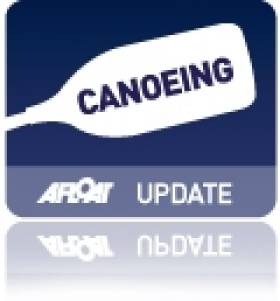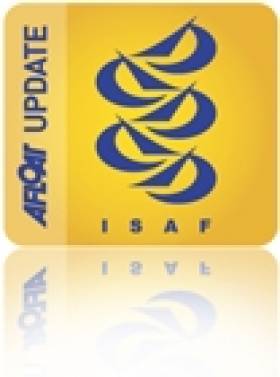Displaying items by tag: Athens
Come-And-Try Kayak Day for Special Olympics Hopefuls
Canoeing Ireland's recent come-and-try kayak day for potential Special Olympians was a success all round, according to organisers.
Hoping to emulate the success of kayakers at the recent Special Olympics Summer Games in Athens, newcomers at the Irish Canoe Union Training Centre at Strawberry Beds were kitted out with paddles, kayaks, helmets, wetsuits and flotation devices before getting to know their kayaks, learning how to paddle and playing some on-water games.
The organisers added: "By the time the athletes were ready to go home they were all tired but asking when the next session would be!"
The Special Olympics website has some photos of the day available HERE.
No Recommendation for Mens Keelboat Poses Problem for Star
There was big news yesterday from the ISAF events committee meeting in Athens. The conference blog reports A 'packed session' heard the Events Committee's recommendation on the provisional Olympic events and equipment for 2016.
The Events Committee recommends:
- Board or kite-board for men and women - equipment evaluation
- One person dinghy men - Laser Standard
- One person dinghy women - Laser Radial
- Two person dinghy (skiff) men - 49er
- Two person dinghy (skiff) women - equipment evaluation
- Second one person dinghy men - Finn
- Two person mixed multihull - equipment evaluation
- Two person mixed dinghy with spinnaker - 470
- Women's keelboat - Elliott 6m
In so doing the committee's voting recommends taking out the men's keelboat. The second one person dinghy for women was the other option not to be selected.
The Committee's recommendations are of course just that. They will go to the ISAF Council for consideration this weekend. After Council vote they are then subject to confirmation at the ISAF Mid-Year meeting in May 2011.

























































